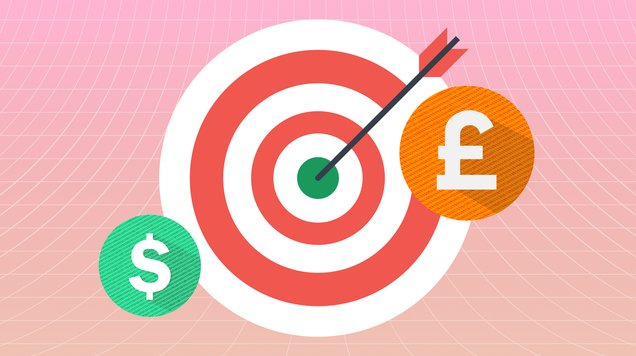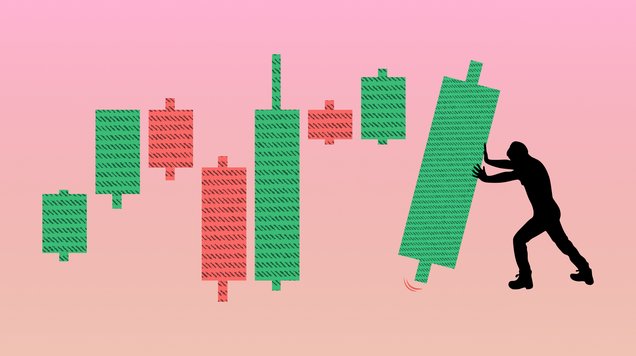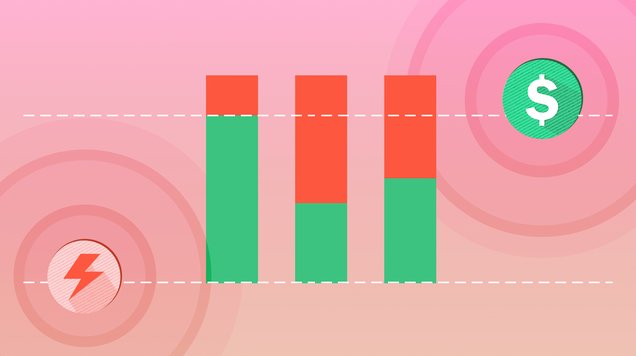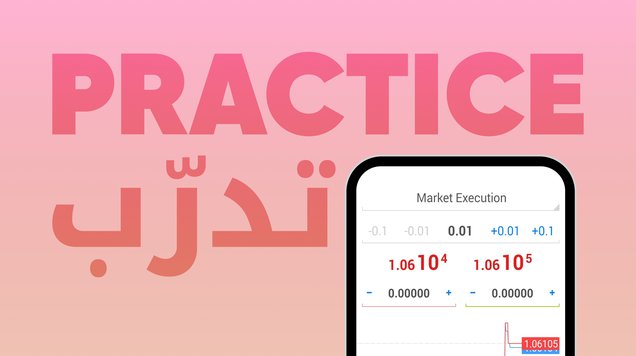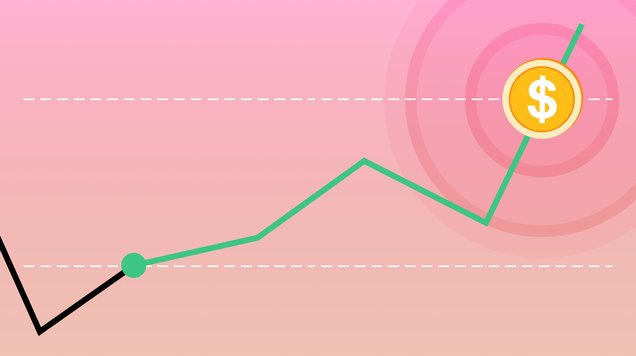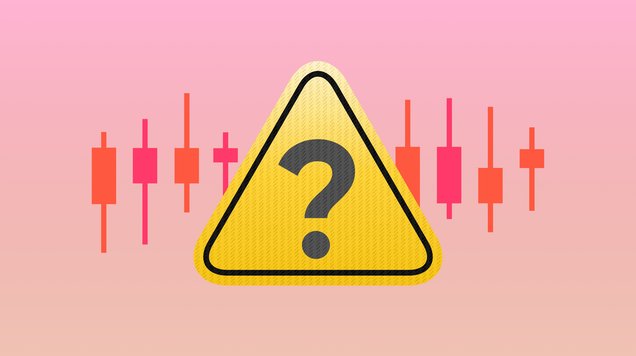Managing Risk in CFD Trading
Find out about the risks related to CFD trading and learn how you can use risk management tools to effectively reduce losses.
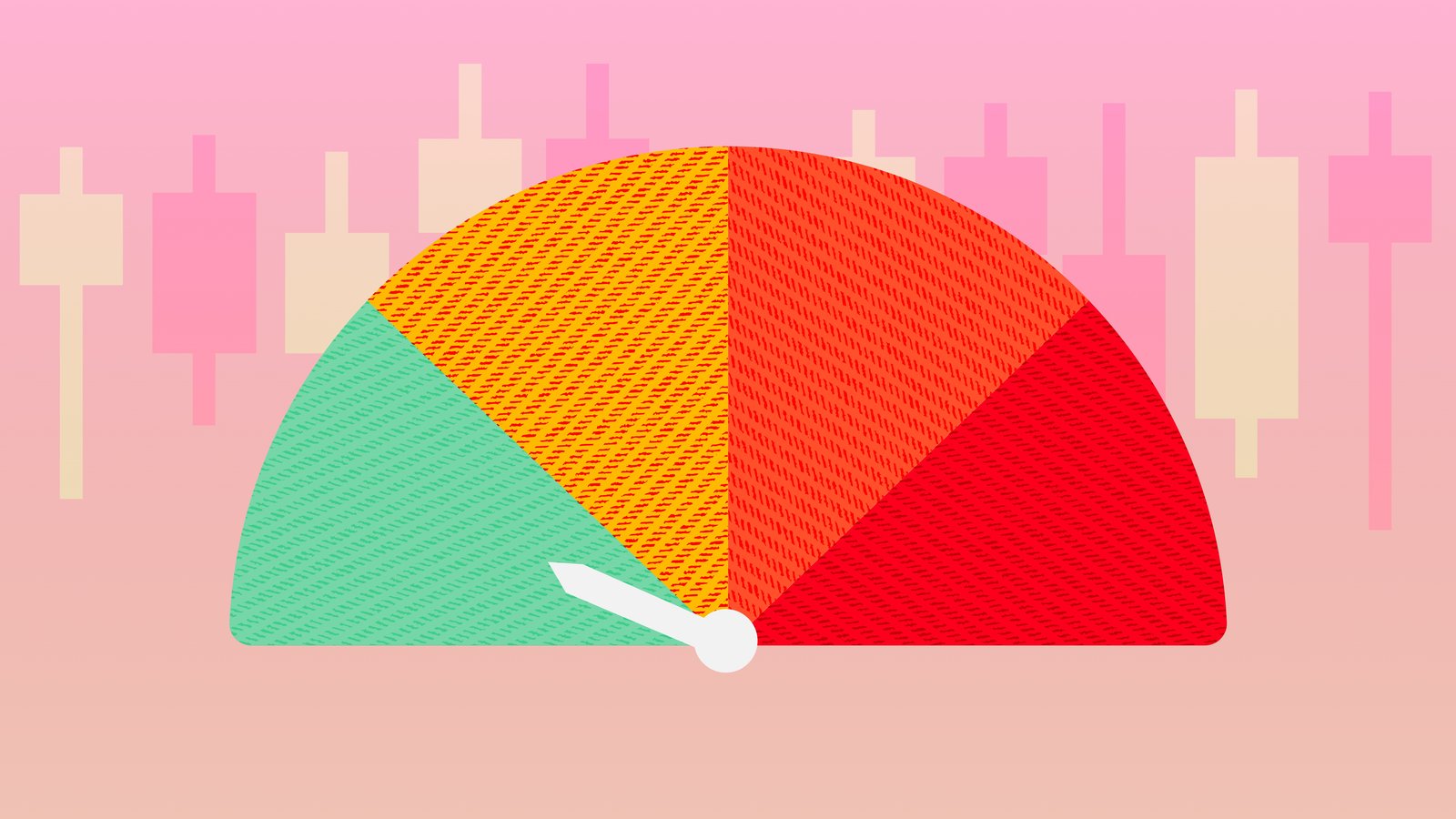
CFDs allow traders to speculate on the price movements of assets such as stocks, currency pairs and commodities
Often leveraged, CFD trading can create opportunity for faster potential returns but risks are equally magnified too
Market risk and liquidity risk are examples of other risk types involved in CFD trading
Stop loss and take profit orders are often used to manage risk
What is a Contract for Difference (CFD)?
Managing risk is an important factor for all types of trading, especially in fast-moving and increasingly popular marketplaces such as the secondary financial market - where investors can trade price contracts with each other and create more opportunities to capture profits. Let’s start by looking at financial contracts in more detail.
A CFD or Contract for Difference is a derivative product used to trade on the price change of an underlying asset instead of directly buying it. In trading terms, an asset is anything a person can buy and sell. Shares, commodities and currencies are examples of assets, and each asset has a buy price and sell price.
Using stocks as an example, when you buy a stock you will own a part of the company’s value. You can choose to sell this holding when you’re ready and can make a profit if the current price is higher than what you originally paid, or you can hold the stock and take dividends (a share of profits) if the company is successful.
Instead of directly buying a share, CFD trading means that you buy or sell a contract between other traders that determines the value of that share. If you think the asset’s price will go up, you will choose a long position (or buy) and if you think the value will fall, you will choose a short position (or sell).
CFDs are made between two parties, usually a trader and a broker. A trader enters a CFD at a quoted price, then the difference between that quoted price and the price of the CFD when the position is closed is settled in cash, hence the name Contract for Difference.
You can trade CFDs on a variety of assets, including stocks, commodities, currencies, ETFs, indices and crypto coins.
Leverage and margin in CFD trading
Leverage and margin are key terms in CFD trading and it’s important to understand how they work in order to better understand the risks involved.
CFDs are typically leveraged products. Leverage is written as a ratio, such as 1:10, 1:50 and 1:2000, and it means that your broker is willing to lend you a part of the deposit required for larger trade sizes in the hope that you both will capture profits much faster, and to allow customers greater access to a wider variety of assets and markets. In other words, it means you can use a smaller deposit to control a larger trade size.
If you want to use $100 to trade a stock CFD with 1:10 leverage, your trade will be valued at $1,000 ($100 x 10), and your potential profit will be based on that.
It’s important to remember that leverage amplifies potential profits in the same way as it does losses, as either result is calculated by the whole size of the trade, not just the margin invested.
The leverage available depends on several things like the product and your location. Depending on your market regulator, there might be a maximum amount of leverage a broker can offer.
Leverage is also sometimes described as a margin, for example if your leverage is 1:20, your margin would be written as 5%. You need to pay a margin to be able to open a trade, and in this example you. For example, if the size of the trade you want to buy is $100 and the margin requirement is 20%, you’ll need to put down $20 to open the trade. Margin requirements depend on factors like the asset type, market and the risk involved.
Your personal risk appetite and level of experience in CFD trading all play a role in the level of leverage or margin you should be comfortable using, and it’s always recommended to try out leverage on a demo trading account before you invest.
Why can CFD trading be risky?
CFD trading includes several risk factors, like prices moving against you suddenly and rapidly. Trading CFDs with leverage means the losses are calculated by the size of the whole trade, not just the margin invested. This means significantly more can be lost than initially invested. CFDs can also be affected by unexpected market shifts, liquidity issues and counterparty risk.
Here are the common risks explained:
Market risk
CFDs are affected by the markets in the same way as underlying assets are. For example, if you are trading stock CDFs, the price changes in the stock market will affect you, even if you don’t directly own the stocks.
Things like interest rates, exchange rates or geopolitical events can trigger quick changes in the markets.
Liquidity risk
Liquidity risk happens when there is a lack of demand to buy assets. When this happens, there’s risk the CFD can become illiquid and that it will close out at set price.
It’s also possible that the price of a CFD can fall below the agreed price before it’s executed – this is also known as gapping. This means the holder of the CFD would get less profit than expected.
It's important to note that even assets that are usually highly liquid, like forex and shares, can experience sudden changes in liquidity under extreme market conditions. However, this volatility is also what allows traders to capture profits - so it’s important to remain perseverant and protect your investments with thorough market analysis and risk management tools.
Counterparty risk
The counterparty is another name for the company that provides the asset in a financial transaction. Counterparty risk refers to the possibility that one of the parties involved in a transaction can’t fulfil their contractual obligations.
When you buy or sell a CFD, you're trading a contract issued by the broker. If the broker or their counterparties don’t meet their financial obligations, this could pose a risk to the trader. To limit counterparty risk, always make sure you trade with a broker is fully regulated and licensed by the financial authorities.
Risk management tools for trading CFDs
It’s good to be aware of the risks of CFD trading, but not to get too scared so that you lose the chance to capture opportunities. There are several strategies and tools available for managing risk. Stop loss and take profit orders are some of the most popular risk management tools used by traders.
A stop loss is designed to limit a trader’s loss on a trade. It means that a position will be automatically closed if unexpected volatility appears, and the price of the underlying asset falls to the stop loss point. You get to choose that value before you place your trade. For example, setting a stop loss order for 10% below the price you bought the instrument will limit your loss to 10%.
Like a stop loss order, a take profit order will automatically close a position when it reaches a specified value, but for profit. If the asset price rises to the take profit point, the take profit order is executed, and the position is closed at a gain for the trader.
Diversification is a common strategy among traders to reduce risk because if one asset or trade doesn’t perform well, another might. For example, gold prices will often increase when currency prices fall and vice versa. The more diverse your portfolio is, the more likely you have something to offset a losing asset. Even the most successful traders will experience losses, so diversification plays a key role in recovering those losses and keeping your overall portfolio profitable.
Although it's impossible to eliminate all risk from trading, you can reduce potential for losses by taking time to learn about the markets and assets and using risk management tools. By doing this, you'll be much better equipped to handle the risks and have a stronger foundation for success when trading online.
